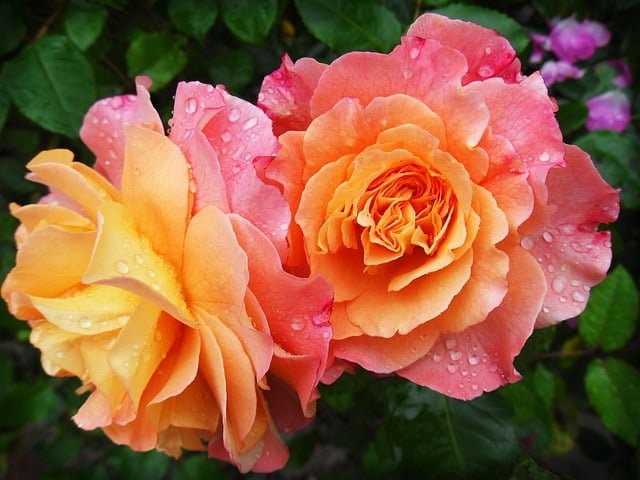5 Secret Tips for a Bigger, Better Squash Harvest!
My 5 Secret Tips for a Bigger Better Squash Harvest!
Growing squash can be a rewarding experience. If you want to enjoy a bountiful harvest, you've come to the right place. Here, you'll discover my 5 secret tips for a bigger better squash harvest! Let’s dive in!
Understanding the Squash Vine Borer
One major challenge in growing squash is the squash vine borer. This pesky insect lays eggs near the plant's base. Once hatched, the larvae burrow into the stem. This damages the plant and blocks the flow of essential water. When you notice early signs of this problem, don’t panic.
One effective trick is to bury the vine further down the stem. This encourages the plant to grow new roots closer to the soil. By doing this, even if the top part of the vine is damaged, the plant can still absorb water and thrive. You can spot this by looking for new roots forming in the soil.
Staggering Plantings to Avoid Pests
To minimize encounters with these pests, timing is crucial. By staggering your squash plantings, you can effectively avoid vine borers. For instance, consider planting a subsequent batch of squash in July. This timing ensures that the newer plants mature after the vine borers have finished laying their eggs.
This means you can enjoy an early harvest while still having a chance for a late-season yield. It’s a smart strategy to maintain a consistent supply of squash throughout the growing season.
Hand Pollination for Better Yields
Another key tip for a successful squash season is ensuring proper pollination. Sometimes, nature doesn’t do the job efficiently. Hand-pollinating your squash can make a significant difference. Start by identifying male and female flowers.
The male flowers are generally more slender, while the females have a tiny squash at the base. You can use a Q-tip or a small paintbrush to transfer pollen from the male flower to the female one. This simple action can guarantee better fruit development, leading to larger harvests.
Picking for Continuous Production
For squash, as well as cucumbers and beans, the principle is simple: the more you pick, the more you get! These fruits are best when harvested young. If you wait too long, they can become overripe, which hampers the plant's ability to continue producing.
Make sure to check your plants regularly. If you see fruits starting to yellow, it's a clear sign it’s time to pick. By consistently harvesting fruits at the right time, you encourage the plant to keep producing.
Utilizing Trap Crops
Trap crops can be beneficial in protecting your prized plants. These are plants that are more attractive to pests than your squash. For instance, planting blue hubbard squash can draw in vine borers and squash bugs, keeping them away from your main squash plants.
It’s like creating a decoy for pests! This method allows the pests to focus on the trap crop, giving your squash a better chance to thrive.
Bonus Tip: Don’t Hesitate to Prune
If you notice any diseased leaves on your squash plants, act quickly. Pruning back affected areas can help prevent the spread of disease. Though it may seem counterintuitive to remove parts of your plants, this should actually lead to healthier growth and a bigger harvest overall.
Summary of Key Takeaways
| Feature | Benefit |
|---|---|
| Burying the vine to create new roots | Helps the plant survive damage from pests |
| Staggering planting times | Provides continuous harvests and avoids pests |
| Hand-pollination | Ensures better fruit development |
| Regular picking of young fruits | Stimulates continuous production |
| Using trap crops | Distracts pests from main crops |
FAQs
What should I do if my squash plant is infested with vine borers?
You can bury the stem deeper to encourage new root growth and remove larvae if the plant is well-rooted.
How can I tell if my squash is not getting pollinated?
Look for flowers that are dying off without producing fruit. Hand pollination may be necessary.
When is the best time to plant squash?
Plant squash after the last frost, typically in late spring, but consider staggering plantings for a longer harvest.
How often should I pick squash?
Regularly check your plants and pick squash while they are still small and tender to encourage further growth.
By following these five secret tips for a bigger better squash harvest, you’ll set yourself up for success in the garden. You'll enjoy a rewarding and fruitful experience, maximizing your efforts while minimizing challenges. Get ready to savor all the delicious squash your garden will provide!



